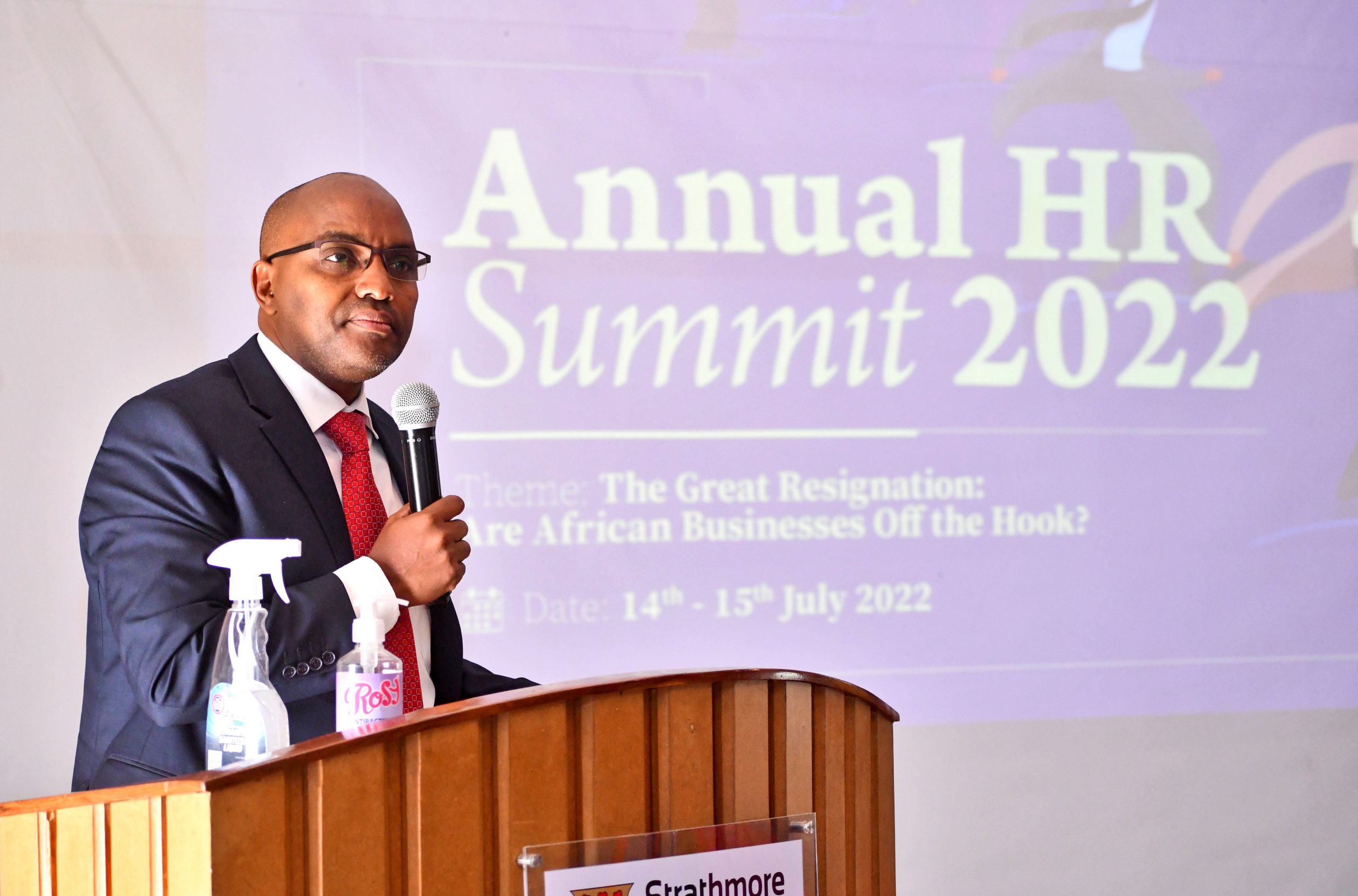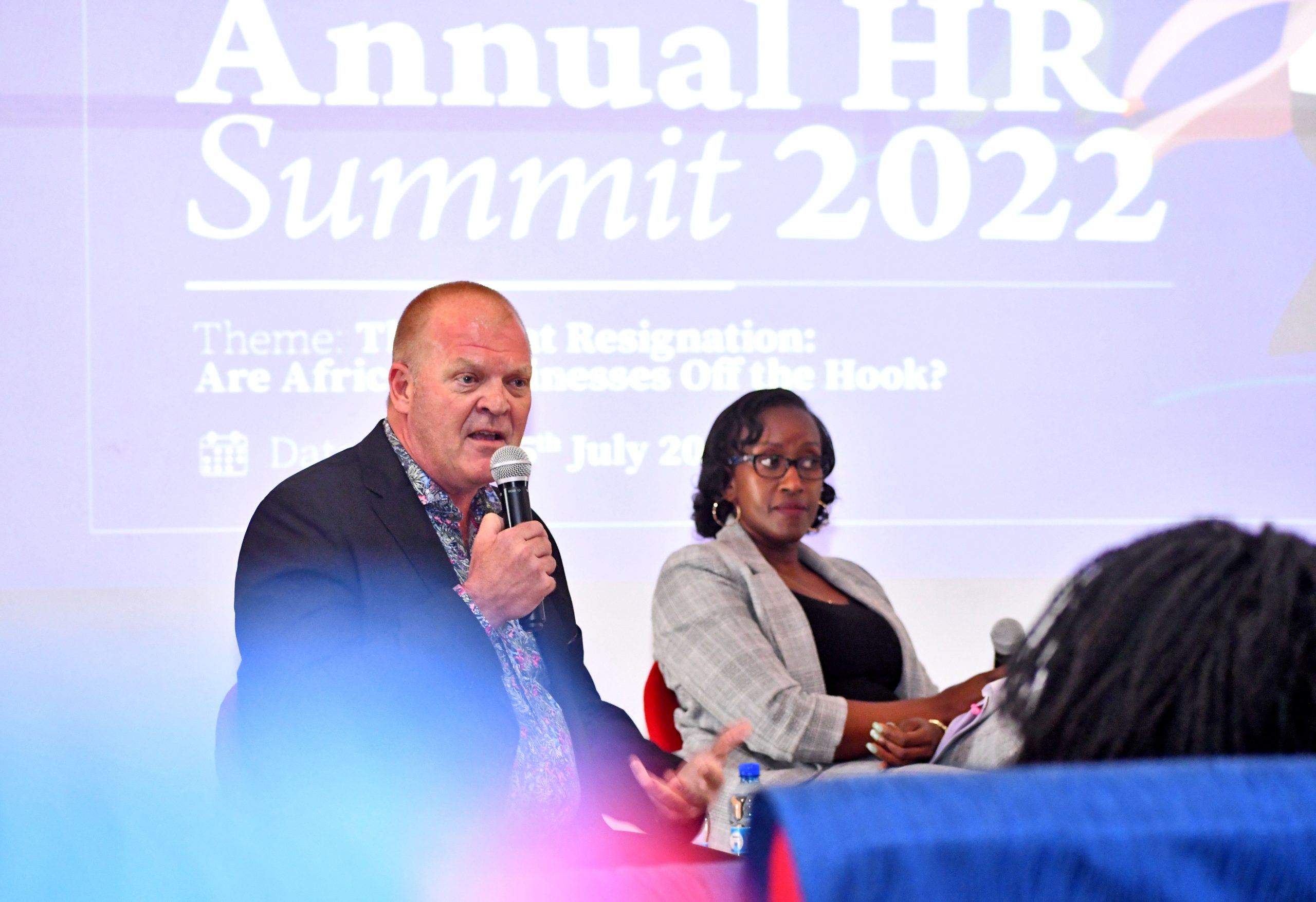To understand the future is sometimes useful to examine the past. There was a time when human resource management put more of an emphasis on the resource element and less of the human aspect. Thankfully, the human resource management profession has evolved significantly over a span of 150 years.
The industrial revolution began in 1760, and marked the transition to new manufacturing processes in Europe and the United States. Agrarian based feudal systems that survived for centuries gave way to burgeoning industrialization as new arable land became scarce and other sources of wealth had to be identified. The concept of factory production amplified production. ‘Industrial man’ was not considered as important as his output and managers treated people as interchangeable and expendable resources. Although mediators sometimes intervened to advocate for employee rights, more often than not workers were simply fired when they asked for better working conditions.
The first personnel management department began at the National Cash Register Company(NCR) in the United States in the early 1900s. After several strikes, employee lockouts, resignations and safety issues, NCR leader, John H Patterson, organized a personnel department to handle grievances, discharges and safety and to advise managers on new laws and practices. This was an early example illustrating how HR departments evolved over time to play the dual role of ‘being the voice of the people’ and ‘the guiding voice to management.’
Several decades later in the 1920s, the academic Elton Mayo became famous for the Hawthorne experiments conducted at Chicago Western Electric plant. He proposed that employee motivation was much more complex and did not just involve money. In his research approach, Mayo predicted that employee motivation was influenced by physical factors such as light, heat, rest breaks and working hours. He separated workers into two teams and altered their working conditions such as their exposure to light, the length of rest- breaks they received, heating, and working hours to investigate the impact of these physical factors. His predictions that motivation levels and employee productivity would decrease as working conditions deteriorated did not pan out. Production levels actually improved or remained the same. As it turns out, being part of a cohesive and supportive working group was much more important to productivity than the amount of light or the length of a rest break. The revolutionary conclusions that Mayo arrived at gave birth to the Human Relations School or Theory of Motivation, which introduced the importance of positive relationships between managers and employees. Participant productivity increased in a response to workers feeling valued. Indeed, the workplace began to change with the realization that workers were not automatons but people with emotional and psychological needs.
Fast forward a few decades and we can see that the role of Human Resource departments are more complex than ever. New and emerging technology has shifted the focus from personnel management and administrative tasks to modern day HR departments that place employee engagement at the heart of their operations.
Furthermore, business leaders know that, more than anything else, leveraging a company’s human capital can help it remain competitive and successful. Businesses do not create value; people do. However, if you were to analyze the HR functions at many companies across the globe, you may find a business unit which is adrift and lacking purpose within an organization. Such a unit is overly focused on the day to day policing of employee’s attendance and desk time rather than creating real value by being catalysts for change.
Rather than being the CEO’s whisperer, anticipating an organization’s needs and executing strategy to achieve long term goals, HR often finds itself distanced from top leadership. Research by McKinsey and the Conference Board consistently finds that CEOs worldwide see human capital as a top challenge, and they rank HR as only the eighth or ninth most important function in a company. That has to change. In times of crisis, leaders require support too, and HR can reclaim their seat at the table, to be the CEO’s whisperer and offer guidance to navigate corporate and market challenges. At its best, HR can influence policies and create a culture that allows employees to thrive, both within and outside the organization.
Human Resource practitioners must possess a combination of integrity and credibility. They must have strong communication skills, impeccable ethics, strong conflict management skills and be adept at recognizing and developing talent. In a constantly evolving technological landscape, finding and retaining digital talent is one of the critical challenges facing HR practice today. This is particularly difficult for large traditional firms, those is non-growth industries and firms located far from major population centers. In many cases, HR practitioners must get creative in their digital recruiting and employee development. To meet this digital talent challenge, they should integrate digital talent into the core business by boosting digital capabilities across the firm and fostering an entrepreneurial mindset which disrupts existing business models. HR practitioners can also leverage digital skills across an organization by identifying motivated tech savvy employees and training them in the latest digital and data science tools. Encouraging employees across the firm to apply a more digital mindset and learn to adopt digital tools can greatly help to increase productivity and accelerate career development of motivated talent. HR practitioners can also increase a firms’ digital talent through bottom-up initiatives, for example by holding brainstorming sessions, and hosting competitions to draw out high potentials and generate ideas for digital solutions.
The gig economy is often thought to have taken the world by storm overnight. There are still debates when it comes to the scope and duration of gig economy work. The history of the gig economy stretches back to 1910 when jazz musicians first coined the term ‘gig’ to refer to musical performances. Musicians were typically paid on a per-job basis and are therefore lauded as the pioneers of gig work. In contemporary times, the gig economy gives a fantastic resilience to employees and is seen by some as the future of work. HR leaders should not be afraid of this disruptive model of work. Instead, they should find creative ways to accommodate this approach in their work policies.
In the year 2020, fate presented the world with a new challenge, the COVID-19 pandemic. Businesses shut their doors and workers were sent home. The era of remote working began and employees began to juggle work and home duties. The boundaries that separate work and home life became fluid. Family homes assumed new identities as they alternated between operating as remote churches, schools and workplaces. Once the novelty wore off, white collar workers embraced the new perks of this model of working that was previously unimaginable. Gone were the long commutes some workers had to endure and people actually became more productive. They spent more time with their families and had time to work on passion projects. However, since human beings are social beings, some began to yearn for the opportunity to meet and interact with others. One of the challenges posed by remote working was overcoming communication silos, especially weak ties between workers and across departments. These gaps also have psychological effects on some workers who could not cope with the social isolation and uncertainty imposed by lockdowns and restrictions. HR personnel had to institute wellness programs and find creative ways to help people connect with each other.
Flexibility became the new mantra in the post-COVID era for some workers who had adapted to remote working. One of the unexpected outcomes of the COVID-19 pandemic in 2021 was dubbed the ‘Great Resignation’, a term coined by Dr Anthony Klotz. The unprecedented churn in the US labour market triggered a ‘quit rate’ that reached a 20 year-high towards the end of the year. A survey conducted by the Pew Research Center revealed that the reasons cited by employees leaving their jobs were: no opportunities for advancement in their current jobs; feeling disrespected at work, low pay, lack of flexibility in work hours, poor benefits and child care issues. This revealed that there were ‘pent up issues’ that caused this migration. Employees were already disillusioned with their workplace culture and were looking for advancement opportunities elsewhere.
The bottom line for HR practitioners in this new era is to help build a purpose led organization that resonates with its staff. There is a renewed imperative by business leaders to build more resilient and agile organizations. Without stability and low staff turnover, disruptions can derail any organization. Crafting compelling HR visions that emphasize the ‘human’ in human resource management is the most vital task of today’s HR professional.
Additionally, HR departments need robust talent management systems that promote individuality. The employee experience needs to be re-visited and new models that incorporate elements of remote, hybrid and flexible working as well as flexible provision of services (as in the aforementioned gig economy) devised.
Finally, building trust with employees is crucial. The days when employees were put on probation before they were given contracts are over. Employers are now on probation and their culture needs to appeal to employees if they hope to retain top talent. Culture is an enabler of strategy and the surest way for an organization to actualize its purpose. Once HR professionals take their place as trusted business advisors, they can steer their organizations, not only towards greater efficiency and productivity, but as true agents for change in an increasingly complex business environment.
Article by Shailja Sharma, Executive Fellow and Coach
Would you like to share an article? Write to us at sbscommunication@strathmore.edu
Share This Story, Choose Your Platform!
Your journey to business excellence starts here. Subscribe today and be at the forefront of innovation and leadership.













